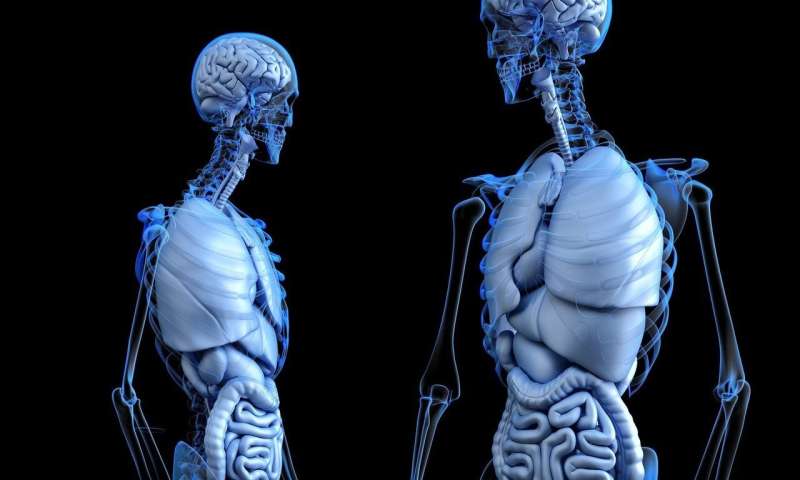
Scientists from ITMO University have designed a device that allows the human nervous system to control implants. The invention consists of miniature resistors, capacitor, diodes, and memristors based on liquid metal and hydrogel, which can be embedded in artificial organs. An article on the subject was published in the Journal of Physical Chemistry Letters.
The staff of ITMO University’s Infochemistry Scientific Center used polyelectrolyte hydrogel and a liquid alloy of gallium and indium to produce the prototype version of a device intended for use in artificial organs.
“Our internal organs are controlled by electrical impulses; correspondingly, their substitutes also would need to be equipped with electronic devices that could receive these pulses,” explains Artemii Ivanov, lead author of the study and researcher at the Infochemistry Center. “But modern electronics are predominantly silicon-based. They are rigid and fragile and cannot be placed inside the body. What we need are materials that are optimal in their electrical properties and are similar to the human body in their mechanical properties. In other words, they need to be soft, flexible, and able to function in aqueous solutions.”
Researchers from ITMO have proposed using an alloy of gallium and indium to create devices that would help implants function. The alloy of these metals does not irritate the body and doesn’t accumulate in the kidneys or the liver. At the core of the system are two drops of the alloy and a polyelectrolyte-infused hydrogel.
“We’ve got two drops of liquid metal and viscous hydrogel between them. As an electrical current passes through, a layer of insoluble gallium compound forms on the border between the metal and the gel. We can produce different electrical components depending on the thickness of that layer,” adds Ivanov.
The researchers have already showcased the technology’s viability in a tube test. The next step is to create a production prototype so that it can be used in the production of artificial organs.
Source: Read Full Article
